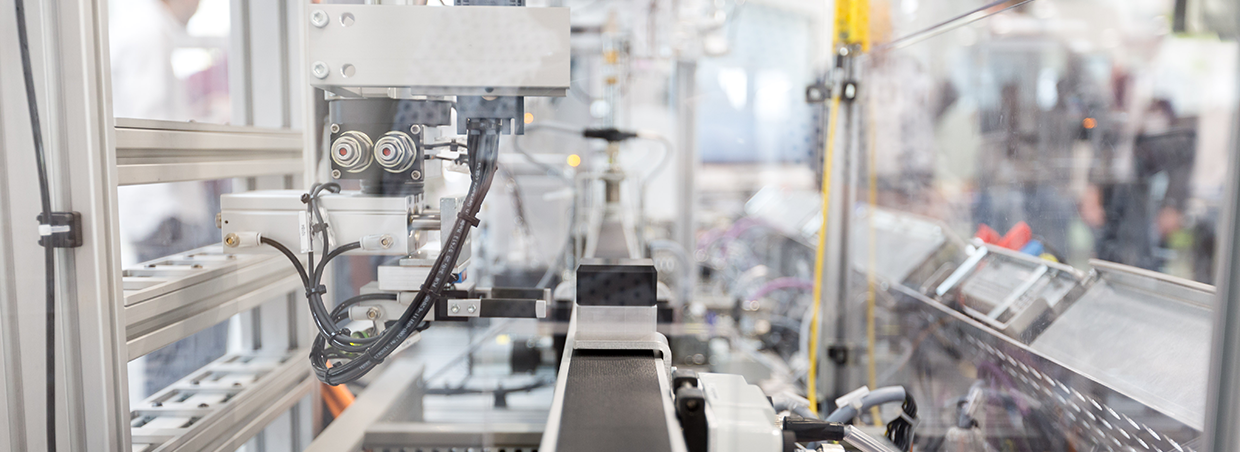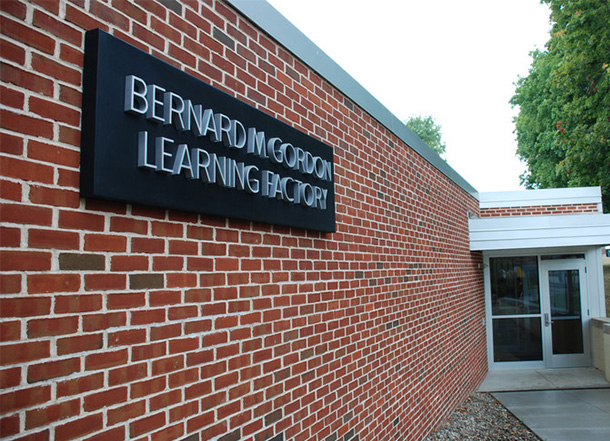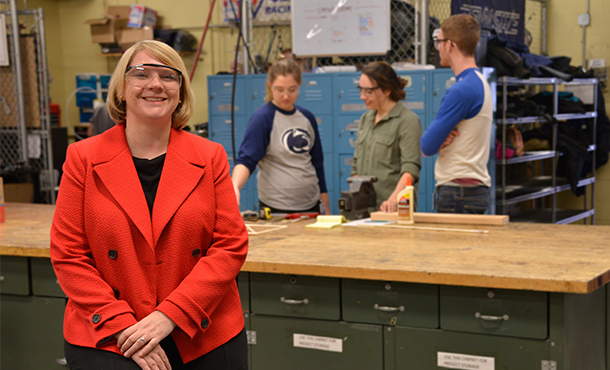

In the 1880s, the school expanded its curriculum to include science, engineering, and the liberal arts.įast forward to 2021, and Penn State’s total undergraduate enrollment exceeds 70,000 students focused on an array of disciplines.


“Penn State Hershey Operating Room Optimization” for Penn State Health Milton S.Originally an agricultural-focused high school, Penn State came into existence in 1855. Three teams received third place for best project:
HOURS FOR LEARNING FACTORY PSU PROFESSIONAL
“Solar Powered AC Unit for Low-Income Housing in Nottingham, England” for the Penn State School of Engineering Design, Technology, and Professional Programs by Ridge Bachman, Amanda Hildenbrand, Hudson Wagner, Kevin Chin, Marah McCauley, Michael Khoury, Sun "Vic" Jiadong and Tianlun Zhang “Shipboard Launch and Recovery Simulator” for John Hopkins University Applied Physics Lab by Abraham George, Muchen Li, Brandon Adde and Robert McHugh “Infinite Shield” for Nittany Solutions Group LLC by Aaron Rohlfing, Christopher Martin, John Baldwin, Timothy Lukens, Yao Li and Yixin Xiong Three teams received second place for best project: “Modelling the Role of the Bast’s Valve in Meniere’s Disease” for Johns Hopkins Medicine Division of Otology and Neurotology by Rhys Butler, Stephanie Tang, Ethan Neuwirth Guerra, Daniel Ford, Diana Lowther, Mark Latuska, Andrew Paulauskas and Tacie Telesky “Low-cost, Extrudable, Biocompatible Catheter Body for the Physical-Plasma Cardiovascular Catheter” for Sean Knecht, Penn State assistant teaching professor of engineering design, on behalf of the Penn State Center for Biodevices, by Sabrina Dobron, Joseph Gluzman, Ethan Goodstein, Dax Hoffman, Seth LaPorta and Abhijeet Maniktala “Acid Corrosion Depth Study on the Inner Diameter of 1018 Low Carbon Steel Coiled Tubing” for Schlumberger Limited by Lance Marx, Zhantao Zhang, Alexander How, Brock Hinton, Kelsey Jenkins and Clay Moyer Three teams received the first place Lockheed Martin Design Excellence Award for best project: The benefits of our students’ efforts go beyond them and their sponsors they also help to provide opportunities for the next group of seniors to come through the program.” More than half of them were ‘highly satisfied’ with the results. “This was confirmed as I reviewed the sponsors’ evaluations of their work. “As I watched the videos, checked out the posters and read through students’ other materials, I had one overwhelming impression: This might be the best collective body of work our capstone students have ever produced,” said Matthew Parkinson, director of the Learning Factory and professor of engineering design and mechanical engineering. Award-winning projects and all other capstone projects, sorted by disciplinary area, can be viewed online. The projects, in the form of videos and virtual posters, were judged by a panel of industry experts, comprised of current and past sponsors, members of the Learning Factory Industry Advisory Board and other professionals. More than 700 students participated in the competition, representing majors from the College of Engineering, the College of Earth and Mineral Sciences and the College of Information Sciences and Technology. The weeklong competition, held April 30 through May 7, was the culmination of graduating students’ semester-long capstone projects, which sought to solve real-world engineering design challenges posed by industry sponsors and other clients. The College of Engineering has announced the winners of the spring Learning Factory Capstone Design Project Showcase, which took place virtually for the second year in a row.


 0 kommentar(er)
0 kommentar(er)
